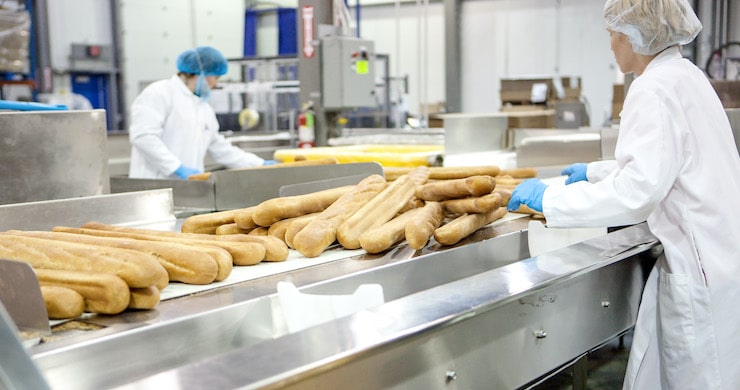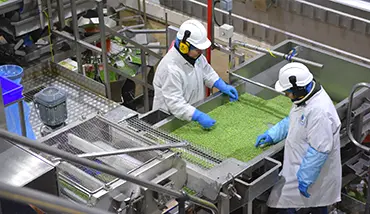Posted by Zosi Team

The Safe Quality Food Institute’s (SQFI) new code further bonds your SQF certification with Hazard Analysis Critical Control Points (HACCP) compliance. Does your team fully understand Edition 9 requirements? This blog will explore the relationship between the SQF Code, Edition 9 and HACCP and discuss the compliance requirements your site needs to meet for continued SQF certification.
HACCP
HACCP is a system that limits and controls potential hazards in food production and its supply chain. HACCP methodology requires documented processes that adhere to internationally recognized standards of excellence. Companies rely on HACCP within and outside the US to prevent and mitigate biological, chemical, and physical hazards from production to consumption.
SQF Certification
The SQF Code is a process and product certification standard. It is a HACCP-based food safety and quality management system that utilizes the CODEX Alimentarius Commission HACCP principles and guidelines. The SQF Code is intended to support industry- or company-branded products and to offer benefits to sites and their customers. Products produced and manufactured in SQF-certified sites retain a high degree of acceptance in global markets. In order to obtain this certification, businesses must implement comprehensive food safety control systems and verify these programs via third-party audits.
HACCP for SQF-Certified Sites
The SQF Code features an emphasis on the systematic application of HACCP for control of food safety hazards. Edition 9’s requirement for SQF-certified sites is two-fold. The first being that every site has a designated SQF Practitioner and now with Edition 9 a Substitute SQF Practitioner also who have successfully completed a HACCP-based training course. As SQF’s official online training partner, Zosi offers courses designed to:
To learn more about Zosi’s SQF certification course, click here.
The second HACCP requirement dictates each facility create and deploy a HACCP-based Food Safety Plan as part of its SQF program. A Food Safety Plan is essentially your HACCP plan – or analysis of your food product and its production process by applying HACCP methods. This means that an FSP is required to ensure the safety of your products, which is not only a great benefit to your company and employees, but also to your business partners and consumers.
HACCP for food safety involves twelve crucial steps. These include:
Zosi Resources
Now that you’re familiar with HACCP for SQF-certified sites, it’s time to ensure you’re ready for a 2021 audit. As SQF’s exclusive online training partner, Zosi offers a robust library of HACCP and SQF resources to keep you and your site certified and safe.



 Implementing SQF Fundamentals – Intermediate: Exam
Implementing SQF Fundamentals – Intermediate: Exam
 Implementing SQF Systems – Manufacturing: Exam
Implementing SQF Systems – Manufacturing: Exam

